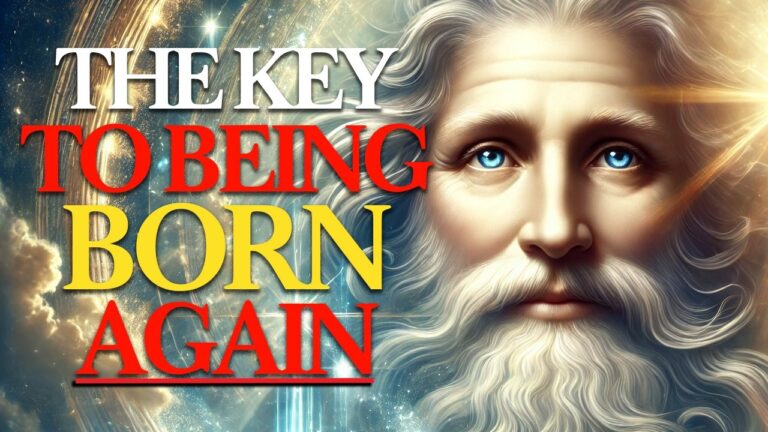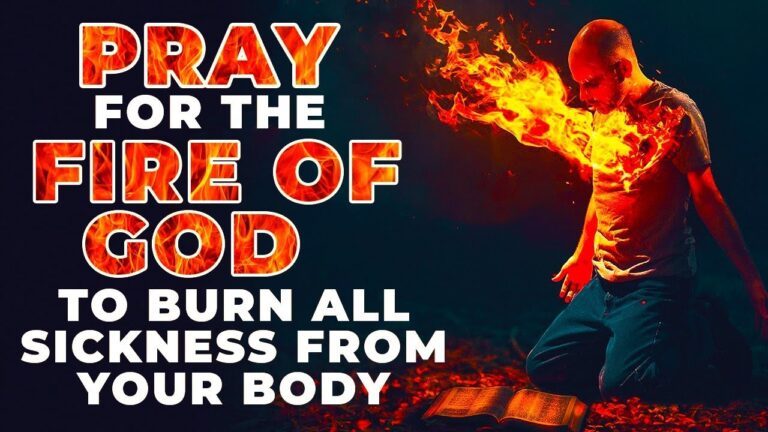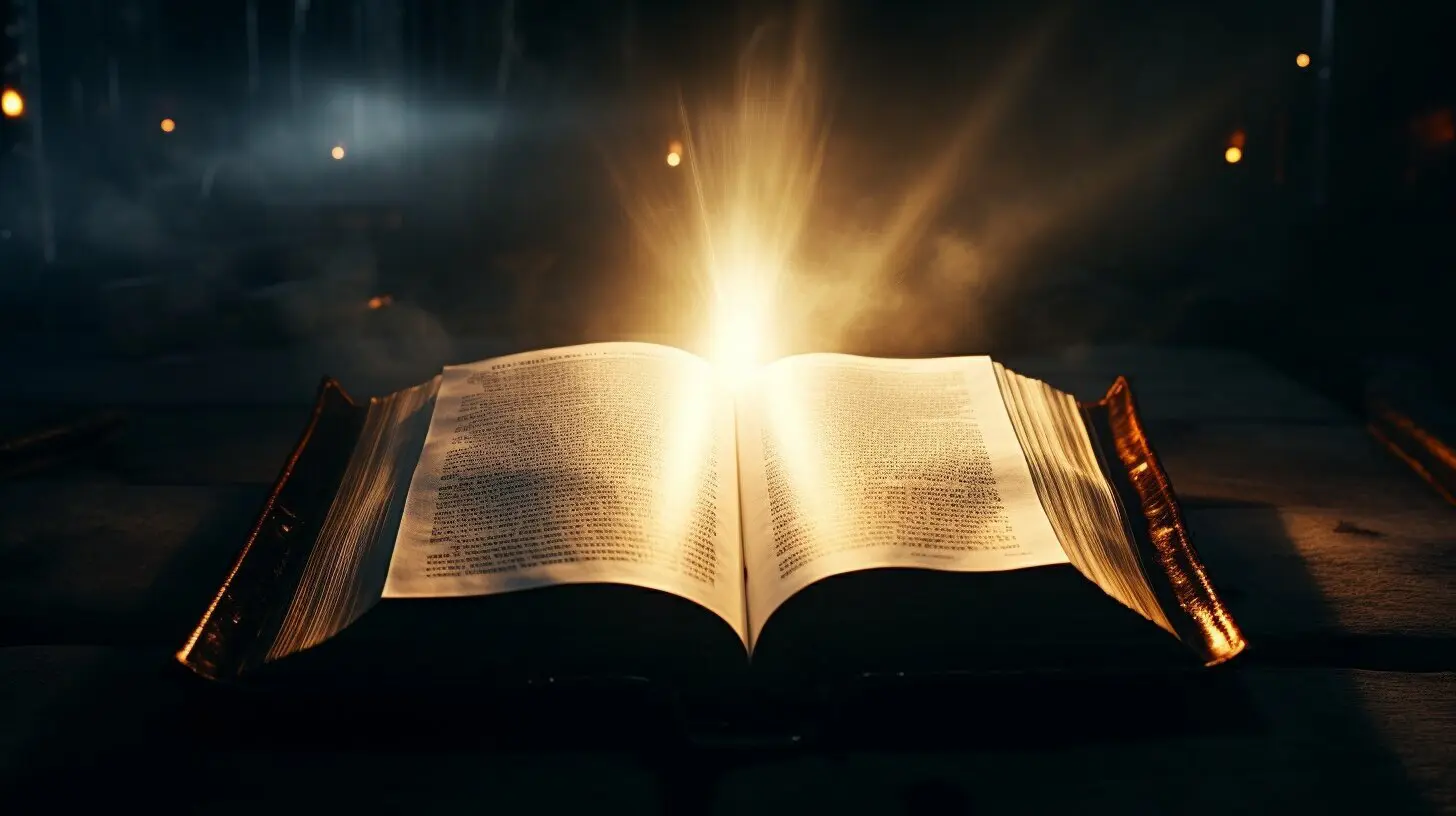THE BIBLICAL FEAST DAYS – GOD’S CALENDAR
The 1st day of the first month (Abib/Nisan) was the first day of the Jewish religious year. It would begin at the new moon of our March / April and coincides with the latter rains (Joel 2:23). Each month began with a new moon. (Num 10:10, 28:11, 1 Sam 20:5, Psa 81:3, Isa 66:23, Ezek 46:3, Amos 8:5, Col. 2:16.) The 1st day of Tishri, in the Fall, customarily begins the new civil year.
| Jewish month | New moon of | Bible references |
|---|---|---|
| 1. Abib* / Nisan | March-April | Ex 13:4, 23:15, Neh 2:1 |
| 2. Zif* / Iyyar | April-May | 1 Ki 6:1, 37 |
| 3. Sivan | May-June | Est 8:9 |
| 4. Tammuz | June-July | – |
| 5. Ab / Av | July-August | – |
| 6. Elul | August-September | Neh 6:15 |
| 7. Ethanim* / Tishri | September-October | 1 Ki 8:2 |
| 8. Bul* / Marheshvan / Heshvan | October-November | 1 Ki 6:38 |
| 9. Chisleu / Chislev / Kislev | November-December | Neh 1:1 |
| 10. Tebeth / Tevet | December-January | Est 2:16 |
| 11. Shebat / Shevat | January-February | Zec 1:7 |
| 12. Adar | February-March | Est 3:7 |
| 13. 2nd Adar (7 of 19 years) | March 14,15 | |
| * Pre-exilic names |
THE SABBATHS OF THE JEWISH YEAR
1. The seventh day (Saturday) Sabbath – (Shabbat)Gen 2:1-3, Lev 23:3, Num 28:9-10, Exo 20:8-11, Deut 5:12-15
A convocation day. No work to be done.
Not a feast day (moed—H4150) as it is not set by the new moon.The 4th of the Ten Commandments, this is the only convocation day that occurs more than once a year. It was not a day that originated with the Jews and the Ten Commandments at Sinai, it preceded them. The seventh day (weekly) Sabbath is the Sabbath of the Lord (Lev 23:3), a memorial to creation and the Creator established in Eden before the fall (Gen 2:1-3). Because it began at creation, before sin, with no intrinsic animal sacrifices associated with it, it is separate and distinct from the sabbaths of the yearly sacrificial feast calendar of the temple (Lev. 23:37-38) that ended with Christ’s crucifixion, and were a shadow or type of some future event that would be their fulfillment, or antitype. When one of the yearly sabbaths fell on the seventh day Sabbath, it was referred to as a high Sabbath day (John 19:31).
2. Feast of Passover (Erev Pesah or Ta’anit Bechorim)The 14th day of the 1st month (Abib / Nisan)
Exo 12, Exo 13:6-8, Lev 23:5, Deut 16:3-8, Num 28:16
Note: this was not a convocation day (no public gatherings) or a sabbath day.The Jews consider this day to be the day before Passover (Pesah), which to them is the same as the Feast of Unleavened Bread. The type was the Passover in Egypt, with the blood of the lamb being smeared on the door posts. Jesus and the disciples ate the Passover meal (Matt 26:18-20, Mark 14:12-16) of unleavened bread and wine in the early hours of this day (Exo 12:18), which would have been our Thursday evening (the biblical day begins and ends at sunset). Jesus was crucified, and died the afternoon of the 14th (Friday, the preparation day), at the time the Paschal lambs were being slain (Exo 12:6), at the ninth hour (3 pm.). Passover is a shadow or type of the sacrifice of Jesus (the antitype), the lamb of God, at the cross (1 Cor 5:7).
(Ta’anit Bechorim is a fast observed only by the first born. It is to commemorate being spared from the last plague to fall on Egypt- the death of the first born.)
3. Feast of Unleavened Bread (Pesah) – a week long observance.
THE FIRST OF THREE COMPULSORY PILGRIMAGE FEASTS:
Travel to the Sanctuary in Jerusalem required of all men, to present themselves before the Lord (Exo 23:14,17, Exo 34:22, Deut 16:16).First day of the Feast of Unleavened Bread
15th day of the 1st month (Abib/Nisan)
Lev 23:7, Num 28:17-18
A convocation / sabbath day. No servile work.
First born dedicated to the Lord’s service.A celebration of release from bondage in Egypt (Exo 13:6-10). All leaven bread (hametz) removed and replaced by unleaven bread (matzah). This day fell on the seventh day Sabbath, the day after the crucifixion, making it a high Sabbath day – (John 19:31). Jesus spent the entire day in the tomb, at rest on this Sabbath.
The Feast of Unleavened Bread, was a type of the sinless nature of Jesus releasing us from the bondage of sin (if we we have faith in His atoning death). Jesus is the sinless bread of life (John 6:32, 48-51) and leavened bread represented the corruption of sin in your life, that Jesus overcomes – (1 Cor 5:8). Putting away the sin in your life (leavened bread / hametz), and replacing it by accepting sinless Jesus Christ (unleaven bread / matzah) in its place, is the Gospel Message symbolized in the Passover meal, known today as the Lord’s Supper or Communion. You participate in the Lord’s Supper to remember the sacrifice that Jesus made for you at the cross (Luke 22:19).
This was the time of year of the latter rain (March/April).
On this day Israel began to eat from the old corn and the manna ended the following day (Josh 5:11)
The Day of First Fruits (The Omer)
The 16th day of the 1st month (Abib / Nisan)
Exo 34:25-26, Lev 23:10-14, – Late Passover Num 9:10-11
Not a convocation day. No restriction on servile work.
Barley harvest – Firstfruits presented to the Lord (Lev 23:10-11)This was the day of first sheaf waving (type), the first fruit of the barley harvest. The antitype was Resurrection Sunday which also occurred on 16 Abib / Nisan. Jesus was the first fruits of the resurrection, (1 Cor 15:20, 23, 2 Tim 2:6-8), the antitype. At His resurrection, Jesus also resurrected the saints whose tombs were opened (marked) at the moment of His death (Mat 27:52-53) as a type of the resurrection at the second coming. These saints were presented to the Father for His approval by Jesus in heaven (John 20:17) at the moment the barley sheaf was symbolically waved at the temple at the time of the morning sacrifice, the third hour (9 am).
It is important to note that it was not a day of convocation (NOT A SABBATH) to the Jews, so there is no reason for it to be a sabbath in antitype (post-resurrection) to Christians. This is because the yearly festivals were not just commemorative in nature, but also prophetic, pointing to future holy events as fulfillments. To suggest a new Sunday holy day was instituted on resurrection day, is to say the yearly festival calendar appointed by God was in error, since it omits a weekly 1st day observance.
In Jewish Tradition, the period called the Omer begins on 16 Nisan and extends for the count of 50 days to Pentecost or Shavuot
Manna ceased to fall on this day (Josh 5:12)
7th and last day of the Feast of Unleavened Bread (Yom Tov)
The 21st day of 1st month (Abib / Nisan)
Exo 12:18, 13:6, Lev 23:8, Num 28:25
A convocation / sabbath day. No servile work.
Traditional celebration of the crossing of the Red Sea.
Passover Feast of Unleavened Bread 14th 15th 16th 17th 18th 19th 20th 21st Paschal
Lamb
Slain1st Day
Feast of
Unleaven BreadThe Omer
(First Fruits)– – – – 7th Day
Feast of
Unleaven BreadNot
a sabbathA sabbath
No servile workNot
a sabbath– – – – A sabbath
No servile workUnleaven Bread Eaten All Leaven Removed From the House Crucifixion In the tomb Resurrection – – – – – 1st Day 2nd Day 3rd Day
4. Feast of Pentecost (Shavuot)
THE SECOND OF THREE COMPULSORY PILGRIMAGE FEASTS:
Travel to the Sanctuary in Jerusalem required of all men, to present themselves before the Lord (Exo 23:14,17, Exo 34:22, Deut 16:16). Exo 34:22, Lev 23:15-21, Acts 2:1, Acts 20:16, 1 Cor 16:8
Occurs 50 days after the day of first fruits / barley sheaf waving (16 Nisan), on or about the 6th day of the third month (Sivan).
A convocation / sabbath day. No servile work done.Wheat harvest – Firstfruits presented to the Lord (Lev 23:17, 20)
Also called Feast of Weeks (Ex 34:22), the day of First Fruits (Exo 23:16, Num 28:26) Feast of the Harvest (Ex 23:16) and in the New Testament – Pentecost (Acts 2:1) A festival that celebrated the first fruits of the wheat harvest with the offering of two wave loaves of leavened bread (Lev 23:17, 20). This feast was also a shadow or type because fifty days after the resurrection, at the third hour morning offering at the temple (9 am – Acts 2:15), the firstfruits of the resurrection of saints on 16 Nisan were again presented by Jesus before the Father in heaven, and there was the first outpouring of the Holy Spirit, that resulted in three thousand souls being added to the church in one day (Acts 2:41), this rapid growth being symbolized by the loaves of leavened bread.
This was the day that Jesus was anointed in heaven with the Holy Spirit as our High Priest, which was also prefigured by the anointing of Aaron (Exo. 40:13) as mentioned in Psalms 133:1-3. Having finished His ministration in the outer court of the sanctuary (the work of justification by His sacrifice, Rom 5:9), Christ then began the priestly work of sanctification in the heavenly temple that was typified by the holy place, the first apartment of the earthly sanctuary. This outpouring of the Holy Spirit is also known as the early rain (Antitype) and reached from heaven down to the Apostles gathered in the upper room on mount Zion. There will also be a latter rain, the greater outpouring of the Holy Spirit near the end of time (Joel 2:23, Zech 10:1, James 5:7) for the proclamation of the three angels messages (Rev 14).
The Jews do not recognize the outpouring of the Holy Spirit in the second chapter of Acts as a fulfillment of Pentecost/Shavuot, so they are consequently unsure about the true prophetic meaning of the festival, commemorating instead the revelation of the Torah to Moses on Sinai.
5. Trumpets (Rosh Ha-shanah)The 1st day of the 7th month (Ethanim / Tishri)
Lev 23:24, Num 29:1
A convocation / sabbath day. Not called a feast day. No servile work done.
The first day of the Jewish civil year.This was an announcement to Israel of impending judgment, which occurred on the Day of Atonement, nine days later. The antitype of Trumpets was the worldwide proclamation of the second coming in 1843, during the “Great Awakening” revival, which was based on the 2300 days/years prophecy in Dan 8:14, which began in 457 B.C. and ended in 1844. This was mistakenly interpreted, by William Miller and others, to predict the time of the second coming and end of the world in 1844, when in fact it was the cleansing of the heavenly sanctuary and the beginning of the pre-advent investigative judgment.
6. Day of Atonement (Yom Kippur)The 10th day of the 7th month (Ethanim / Tishri)
Lev 23:27, Num 29:7, Lev 16
A convocation / sabbath day. No work to be done.
Not called a feast day, but a day to “afflict your soul” which involved fasting that day (Joel 1:14-15, Acts 27:9).This was the holiest day of the year and signified a cleansing of sins and reconciliation with God (Judgment day). The people were to afflict their souls and fast. On this day only the High Priest entered the Holy of Holies to atone for the sins of the people (Lev 16). This was a shadow or type of Jesus carrying out his role as our High Priest (Heb 9) and entering the Holy of Holies in the heavenly sanctuary when he began the investigative judgment at the end of the 2300 days / years of Dan 8:14 on October 22, 1844. This was the beginning of the antitype or fulfillment of the Day of Atonement, which is still underway in heaven today. This judgment begins with the righteous dead and will end with the righteous living. At the end of this period of judgment, probation for humanity will have closed, and the 7 plagues of God will then fall on the wicked. Soon after will be the second coming, to gather the righteous to join the kingdom of God in heaven for 1000 years.
The Jubilee year begins on this day (Lev 25:9).
7. Feast of Tabernacles (Sukkoth) – An eight day feast of ingathering.
THE LAST OF THREE COMPULSORY PILGRIMAGE FEASTS:
Travel to the Sanctuary in Jerusalem required of all men, to present themselves before the Lord (Exo 23:14,17, Exo 34:22, Deut 16:16). The first day was the 15th day of the 7th month (Ethanim / Tishri)
Exo 34:22, Lev 23:34-36, 39-43, Num 29:12
A convocation / sabbath day. No servile work done.
Travel to the Sanctuary in Jerusalem required of all men (Exo 23:14,17, Exo 34:22, Deut 16:16).
Fruit Harvest – Firstfruits presented to the Lord (Exo 23:19, 14:1-5)For seven days all Israel moved out of their homes and lived in temporary shelters called “Sukkah” as a reminder of their wanderings in the desert for forty years. The branches cut from palm (Rev. 7:9), willow and other trees were to be waved in celebration to the Lord during the first seven days of the feast (Lev 23:40).
This final feast of the year is a celebration of ingathering at the end of the harvest (Exo 23:16) and is a time of rejoicing and fellowship. It symbolizes the gathering or harvest of God’s people, who leave earth for the week long marriage supper of the Lamb, to be celebrated at the Father’s house in heaven after the second coming of Jesus (Rev. 19:7-9). This begins the millennium, where the saints will dwell temporarilly until the earth is made new, after the judgment of the wicked (Rev. 20).
The 7th day of the Feast of Tabernacles, Festival of Willows (Hoshana Rabbah)
21st day of the seventh month.
Considered by Jewish custom to be the final day of judgment. A ritual of beating willow branches on the ground is practiced, which is thought to symbolize the casting away of sin.
The 8th day of the Feast of Tabernacles (Shemini Atzeret)
22nd day of the seventh month.
Lev 23:36,39, Num 29:35
A convocation / sabbath day. No servile work done.The final day of Tabernacles was also a sabbath, a day of solemn assembly. At this time of year the former or early rains fell (late October / November), when the fields were plowed and sown.
| Spring Festivals | Fall Festivals | |||||||
| The First Coming | The Second Coming | |||||||
| Passover | Unleaven Bread | Pentecost | Trumpets | Atonement | Tabernacles | |||
| 14th Day 1st Month (Abib/Nisan) |
A Week Long Festival 15th to 21st Day 1st Month (Abib/Nisan) |
50 days from 15 Nisan (6 Sivan) |
1st day 7th Month (Tishri) |
10th Day 7th Month (Tishri) |
An Eight Day Festival 15th to 22nd Day 7th Month (Tishri) |
|||
| Erev Pesah | Pesah 1st Day of Festival |
Omer Firstfruits |
Yom Tov 7th Day of Festival |
Shavuot Feast of Weeks or Firstfruits |
Rosh Ha-shanah |
Yom Kippur | Sukkoth 1st Day of Festival |
Shemini Atzeret 8th Day of Festival |
| 15th Day 1st Month (Abib/Nisan) |
16th Day 1st Month (Abib/Nisan) |
21st Day 1st Month (Abib/Nisan) |
|
15th Day 7th Month (Tishri) |
22nd Day 7th Month (Tishri) |
|||
| Not a sabbath | A sabbath No servile work |
Not a sabbath | A sabbath No servile work |
A sabbath No servile work |
A sabbath No servile work |
A sabbath No work |
A sabbath No servile work |
A sabbath No servile work |
| Crucifixion | Resurrection | Outpouring Of Holy Spirit |
Warning | Pre-Advent Judgment |
Second Coming Ingathering |
|||
|
In Jerusalem |
In Jerusalem |
In Jerusalem |
||||||
| Barley Harvest | Wheat Harvest | Fruit Harvest | ||||||
| Latter Rains | Early Rains | |||||||
The requirement of keeping yearly festivals ceased, as did the need for animal sacrifices, with the crucifixion of Christ.
See The Shadow Sabbaths of Colossians 2:17http://biblelight.net/feasts.htm






